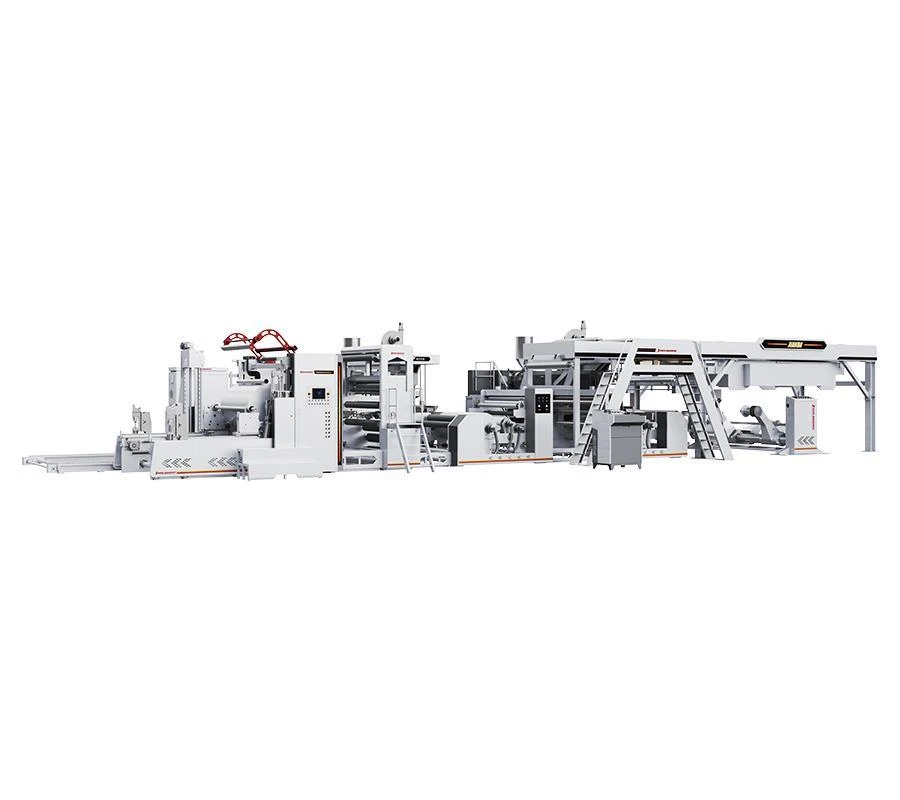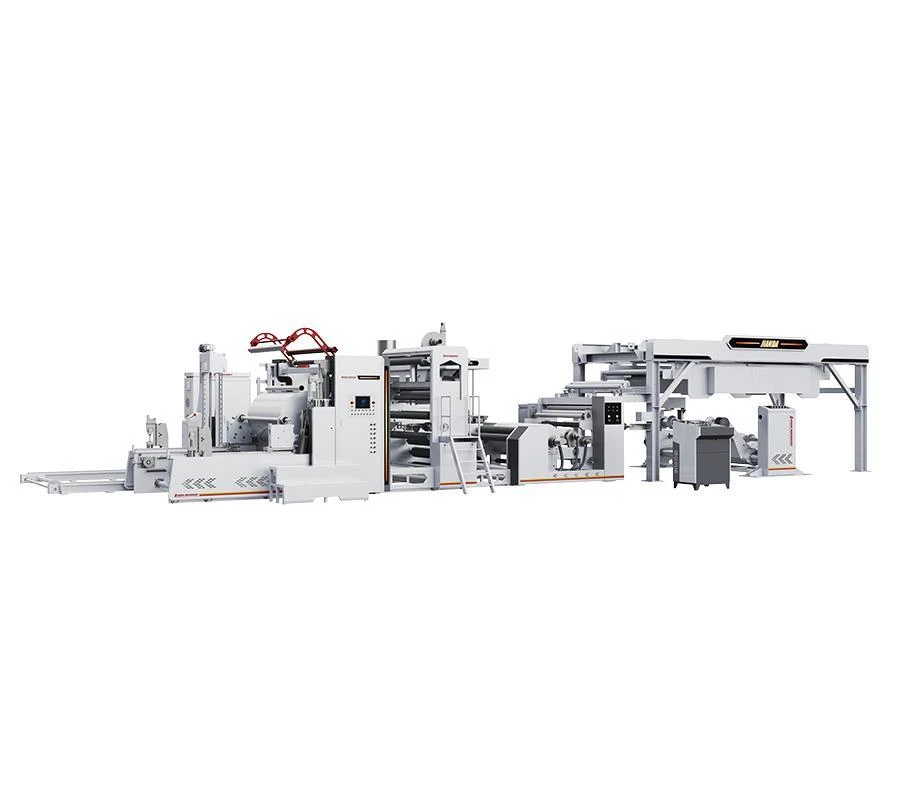As industries continue to evolve, the packaging sector stands at the forefront of this transformation, driven by the need for innovation and sustainability. One of the key technologies enabling this evolution is the extrusion laminating machine. This advanced equipment not only enhances the efficiency of packaging processes but also creates opportunities for new materials and designs that meet the diverse needs of consumers and businesses alike.

Extrusion laminating offers a versatile approach to packaging, combining layers of different materials to achieve desirable properties such as improved barrier performance, strength, and flexibility. With sustainability becoming a central focus in packaging development, extrusion laminating machines are paving the way for eco-friendly solutions that minimize waste while maximizing functionality. As we delve into the future of packaging, it is clear that extrusion laminating machines will play a pivotal role in driving innovation and shaping the way products are presented and protected in the market.
Understanding Extrusion Laminating Technology
Extrusion laminating technology is a process that combines multiple substrates into a single cohesive structure, enhancing the performance and appeal of packaging materials. learn more involves extruding a molten layer of polymer onto a substrate, typically paper, film, or foil. Upon cooling, this layer adheres to the substrate, creating a laminated product that exhibits improved barrier properties, durability, and visual aesthetics. The versatility of this method makes it ideal for various applications in food packaging, consumer goods, and industrial products.
In addition to its strong adhesion capabilities, extrusion laminating offers significant advantages in terms of production efficiency and cost-effectiveness. The process can be adjusted to accommodate different material combinations and thicknesses, allowing manufacturers to tailor their products to meet specific requirements. Furthermore, the absence of solvents in this process minimizes environmental impact, making it a more sustainable choice in comparison to traditional laminating methods. This has increased its popularity among manufacturers seeking to innovate while adhering to eco-friendly standards.

As industries continue to evolve, the demand for specialized packaging solutions grows, and extrusion laminating technology is at the forefront of this transformation. The ability to incorporate functional features like moisture, oxygen, and light barriers into packaging not only extends shelf life but also enhances product safety. With ongoing advancements in materials and machinery, extrusion laminating is poised to redefine packaging standards, driving innovation and adaptation in the market.
Benefits of Extrusion Laminating in Packaging
Extrusion laminating offers significant advantages in the packaging industry, particularly in improving product protection and shelf life. This process creates a strong bond between various materials, resulting in a durable and moisture-resistant packaging solution. By enhancing barrier properties against oxygen, moisture, and light, products are better shielded from environmental factors, ultimately extending their freshness and usability.
Another major benefit is the versatility of extrusion laminating. It accommodates a wide range of substrates, including films, foils, and paper, allowing manufacturers to customize their packaging solutions to meet specific requirements. Whether it is for food packaging, pharmaceuticals, or consumer goods, extrusion laminating can be tailored to achieve desired characteristics, such as clarity, strength, and printability, thus appealing to diverse markets.
Additionally, extrusion laminating is an efficient process that can lead to cost savings for manufacturers. The ability to produce high-quality laminated materials in a unified step reduces labor and processing time, which translates into lower operational costs. Furthermore, the reduction in material waste and the potential for recycling makes this method not only economically viable but also environmentally sustainable, aligning with the growing demand for eco-friendly packaging solutions.
Future Trends in Extrusion Laminating Machines
The future of extrusion laminating machines is poised for significant advancements driven by sustainability and technological innovations. As manufacturers and consumers increasingly prioritize eco-friendly practices, machinery that utilizes biodegradable or recyclable materials is becoming essential. Companies are developing extrusion laminating machines with enhanced capabilities to process sustainable substrates, reducing environmental impact while maintaining performance standards. This trend is not only about reducing waste but also about responding to the growing demand for sustainable packaging solutions in various industries.
Automation and smart technology are set to revolutionize the operation of extrusion laminating machines. The integration of IoT devices and smart sensors will enable real-time monitoring and control, leading to greater efficiency and reduced downtime. These technologies will facilitate predictive maintenance, allowing machines to self-diagnose issues before they escalate into costly breakdowns. As manufacturers seek to maximize productivity, the incorporation of advanced robotics in the laminating process will further streamline operations, ensuring higher precision and output.
Lastly, the customization capabilities of extrusion laminating machines are expected to expand considerably. With the shift towards personalized packaging, machines will need to adapt to shorter production runs and varied specifications. Future models will focus on versatility, allowing for quick changes in laminating processes and substrate types without loss of efficiency. This flexibility will meet the evolving needs of brands looking to differentiate their products in a competitive market, making extrusion laminating machines essential tools in the packaging landscape of the future.

